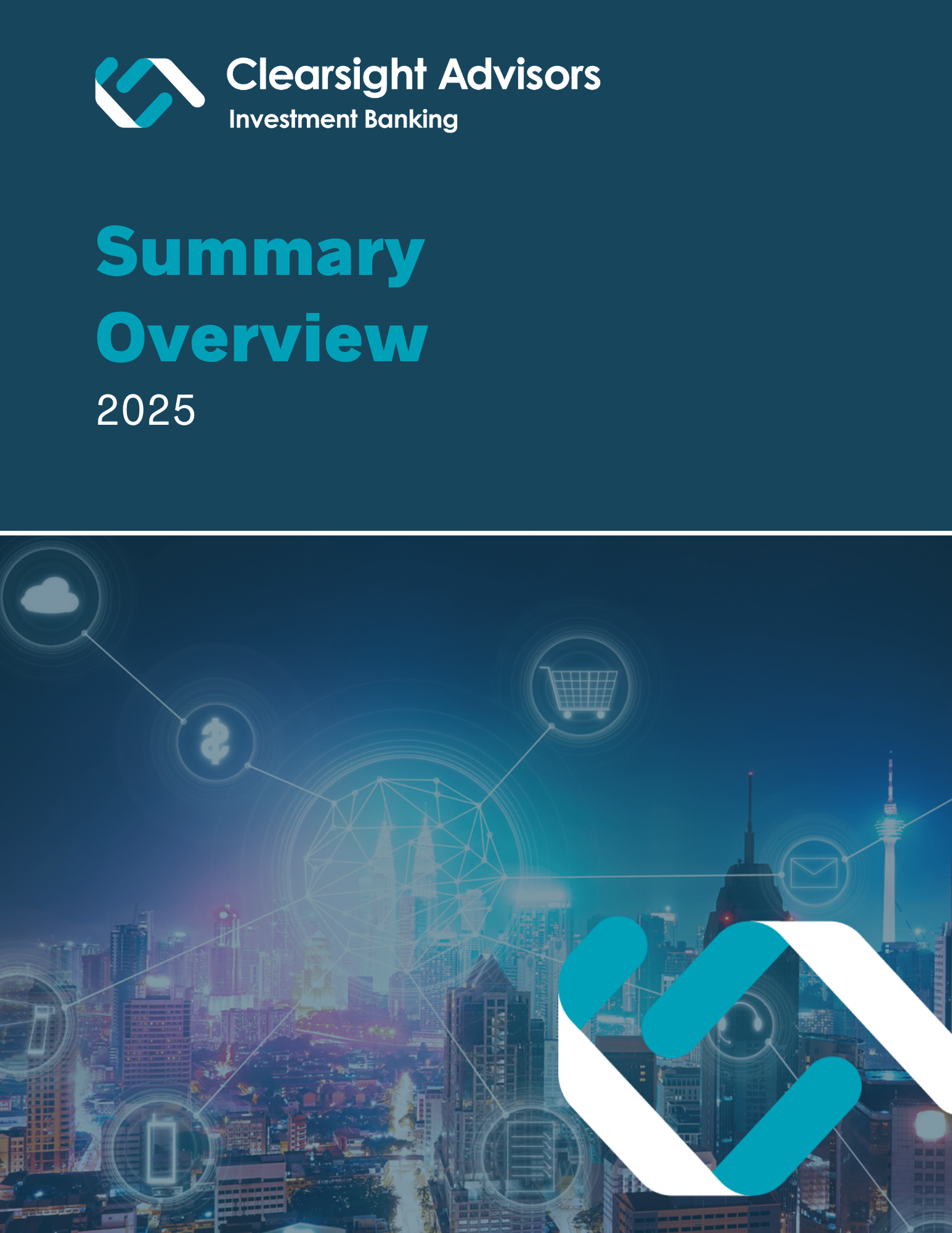A Unique M&A Window in the Midst of COVID-19
There are several factors contributing to today’s unique and unexpectedly active M&A climate. Increasing competition driving high valuations, record levels of dry powder, and low interest rates were all discussed in detail in our previous blog. Additional emerging considerations, including U.S. population trends, the percentage of business owners by generation, COVID-19, and potential near-term changes to federal capital gains tax laws, are compounding the active sellside market environment. The result we are seeing at Clearsight is a surge of M&A interest, especially from founder-owned and operated businesses thinking about accelerating their timeline for executing a major liquidity event.
The combination of Baby Boomers nearing retirement age and the uncertainty caused by COVID-19 has many founder-owned businesses considering a liquidity event. The U.S. Census Bureau released estimates in June 2020 showing the nation’s 65-and-older population grew by 34.2% during the past decade, catapulting Baby Boomers to represent 20%+ of the population today. According to WorkWise Software’s analysis of U.S. Census data, Baby Boomers still represent the largest generation of business owners. Many business owners operating high-end, professional and tech-enabled services firms are increasingly confident 2020 will be a robust growth year despite the global pandemic. As these business owners, many of whom are Baby Boomers, look around and see the turmoil COIVD-19 has inflicted on so many industries, it’s only natural to contemplate exploring a liquidity event earlier than originally intended. Their calculus is likely informed by their experiences through the dot-com bubble, the Great Recession, and now COVID-19. This begs the question, does the potential financial upside of waiting to pursue a liquidity event outweigh the risks of any future global shakedown?
This is a tough question we address with clients and prospective clients to determine not only the optimal strategic alternative to execute but also the right timing for the owner(s), the business, and the macroeconomic picture. It is of primary importance for these three dimensions to align properly before embarking on a major liquidity event. Given COVID-19’s impacts on many industries, the supply of high-quality assets for investors/buyers to evaluate has decreased tremendously, while the demand from prospective investors/buyers remains quite robust. This imbalance has stimulated aggressive behavior from acquirers evaluating opportunities in our focus areas, and, in some cases, is leading to even more competitive marketing processes than pre-COVID-19 auctions.
The final consideration contributing to this unique M&A window is the potential for changes to the federal capital gains tax regime. Due to unprecedented federal spending in response to the COVID-19 economic crisis, Congress discussed an increase in the capital gains tax that could gain momentum following November’s elections. One proposal outlines long-term capital gains and qualified dividends will be taxed at the ordinary income tax rate of 39.6% on incomes above $1 as compared to 20% for the highest bracket today.* With the Congressional Budget Office projecting the FY2020 deficit will reach $3.7 trillion, tax increases are likely inevitable from any administration. The timing of those changes and which tax years they will affect, however, remain matters of debate. One thing is for certain: businesses that have performed well in 2020 have a unique window of opportunity, subject of course to the personal goals of each stakeholder. Please contact us if you’d like to discuss whether your business should explore a strategic alternative in the near term, or if waiting until 2021 or beyond is likely the value maximizing approach.
*This does not include the additional 3.8% ACA tax for individuals with incomes above $200,000.
Share
